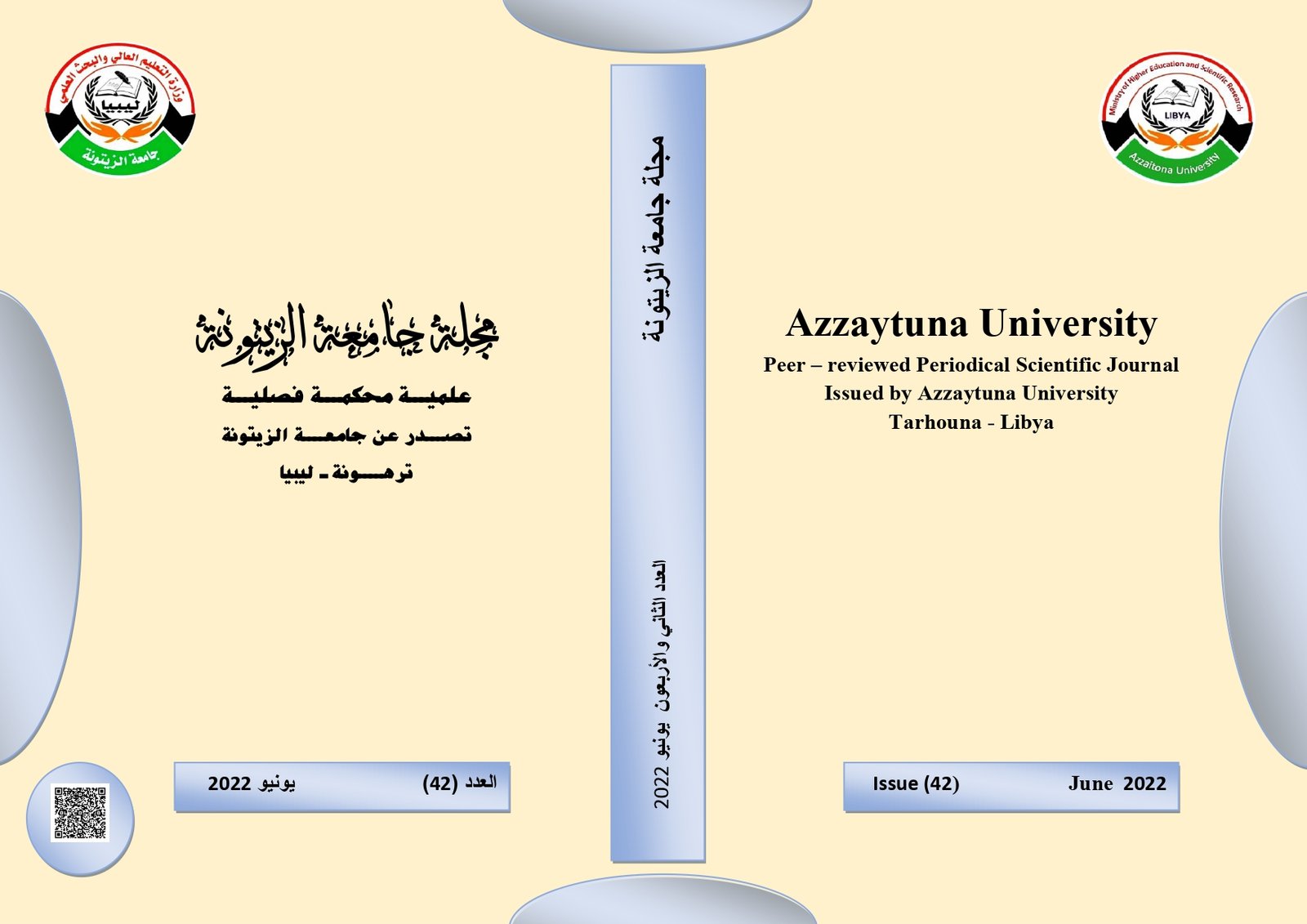Enhancing LVRT Capability of DFIG-Based Wind Turbine Systems with SMES and STATCOM
Keywords:
DFIG, SMES, STATCOM, voltage sag, grid codeAbstract
Nowadays, renewable energy technologies such as a wind turbine have experienced a rapid growth in the world. Doubly Fed Induction Generators (DFIGs) are extensively used in variable speed wind power plants due to their advantages that include reduced converter rating, reduced losses with an improved efficiency, easy implementation of power factor correction schemes, variable speed operation and four quadrants active and reactive power control capabilities. On the other hand, DFIG sensitivity to grid disturbances, especially for the voltage dip represents the main disadvantage of the equipment. In this paper, an application of superconducting magnetic energy storage (SMES) unit and Static Synchronous Compensator (STATCOM) are implemented to enhance the low voltage ride-through (LVRT) of DFIG-based wind energy conversion systems (WECS). German grid code is used to examine the capability of the two technologies for improving the low voltage ride through (LVRT) of the DFIG to maintain the wind turbine connection to the grid through fault durations. Simulation is carried out using Simulink / Matlab software.




